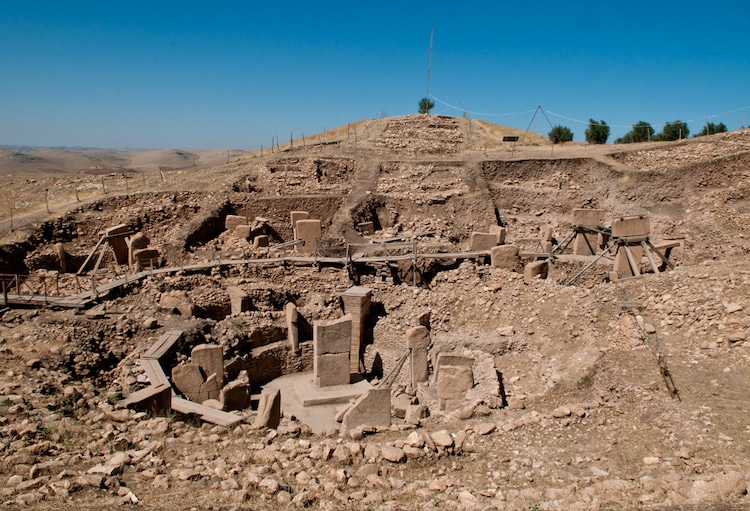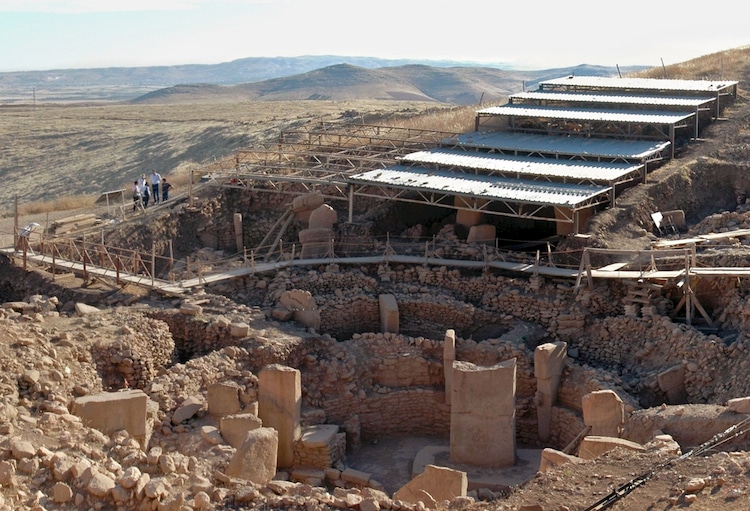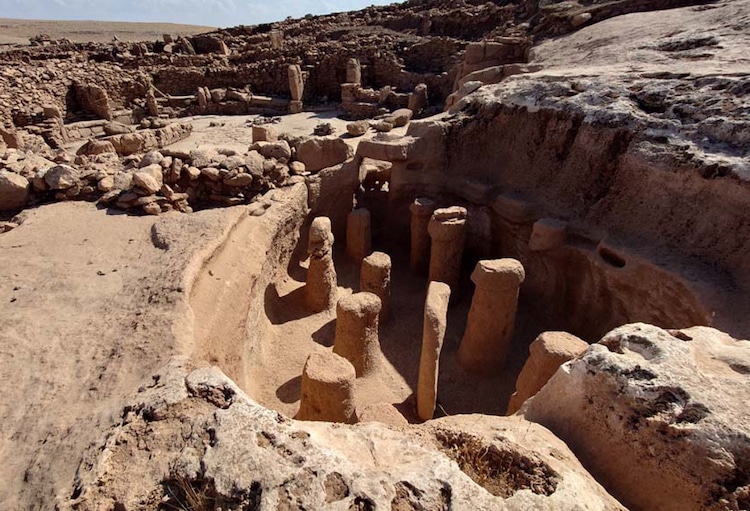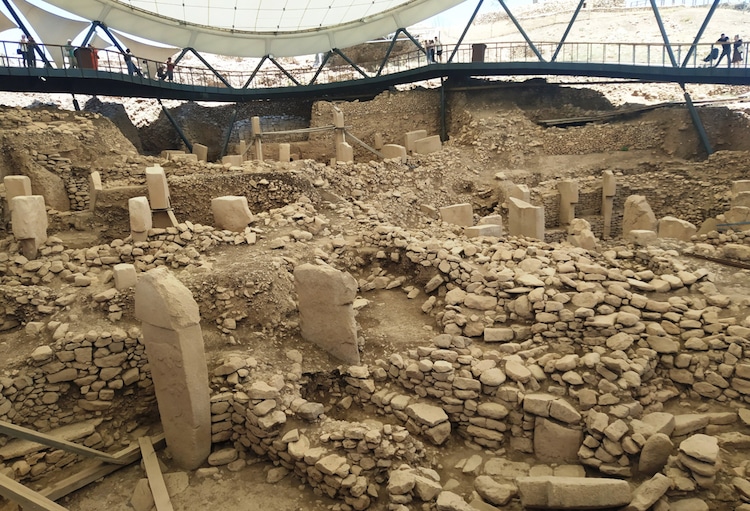
Photo: Teomancimit via Wikimedia Commons (CC BY-SA 3.0)
Scholars have long debated who was the first to begin tracking time. Was it Julius Caesar in 45 BCE. who created the Roman calendar and introduced the leap day? Or the ancient Maya in 250 CE, known for their complex clock systems and fascination with chronology? Recent research suggests the first creators of the calendar actually came long before.
Scientists have recently discovered what may be the oldest known solar calendar in the world, interpreted from mysterious, intricate carvings at the Göbekli Tepe in Turkey. Göbekli Tepe, a 12,000-year-old archaeological site, is regarded as one of the earliest indicators of organized human settlement in history—predating both the Egyptian pyramids and Stonehenge.
The study, published in Time and Mind, explains how the researchers interpreted various structures and symbols in the context of an ancient lunisolar calendar system. The most prominent markings are V-shaped symbols on a pillar, identified to represent individual days within a 365-day timekeeping system that includes 11 epagomenal, or additional, days.
Researchers also believe that Göbekli Tepe’s 11-pillar enclosures and a similar 11-pillar pool structure at nearby Karahan Tepe could be connected to this same lunisolar calendar system. This discovery is the oldest known example of its kind.
Furthermore, researchers believe that the ancient peoples at Göbekli Tepe held the summer solstice in high regard, with this event represented by a special symbol—a V worn around the neck of an eagle-like bird. This V motif also appears on other artifacts, including the Urfa Man statue, a wall carving at Sayburç, and a statue at Karahan Tepe. The V-symbol necklaces on these figures could suggest that they were seen as time-controlling or creator deities.
According to the scientists, the creation of the calendar was likely intended to track a shower of comet fragments that struck Earth nearly 13,000 years ago, around 10,850 BCE.
“It appears the inhabitants of Göbekli Tepe were keen observers of the sky, which is to be expected given their world had been devastated by a comet strike,” Martin Sweatman, a co-author of the study, remarked in a statement from the University of Edinburgh.
According to Sweatman, the lasting significance of these carvings to the people of Göbekli Tepe suggests that the impact event may have triggered the formation of a new cult or religion, which in turn could have influenced the development of civilization.
Recent research suggests that the 12,000-year-old Göbekli Tepe site in Turkey may contain the world’s oldest known solar calendar, predating other systems by thousands of years.

Photo: Rolfcosar via Wikimedia Commons (CC BY-SA 3.0)
Carvings and structures at the site suggest a lunisolar calendar that was likely created to observe the sky following a comet strike around 13,000 years ago.

Photo: Mahmut Bozarslan via Wikimedia Commons (Public Domain)
The event may have sparked new religious beliefs, ultimately contributing to the development of human civilization.

Photo: Radosław Botev via Wikimedia Commons (CC BY 3.0 PL)
h/t: [EurekAlert!]
Related Articles:
Students Use AI To Decipher Words of Ancient Scroll Burned by Mount Vesuvius
4,000-Year-Old Ancient Egyptian Writing Board Shows Student’s Spelling Mistakes
Ancient Babylonian Tablet Uses Pythagorean Theorem 1,000 Years Before Pythagoras Was Born
